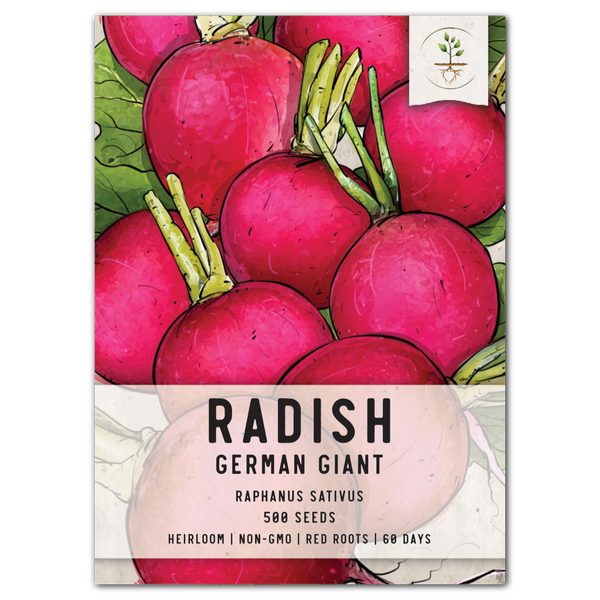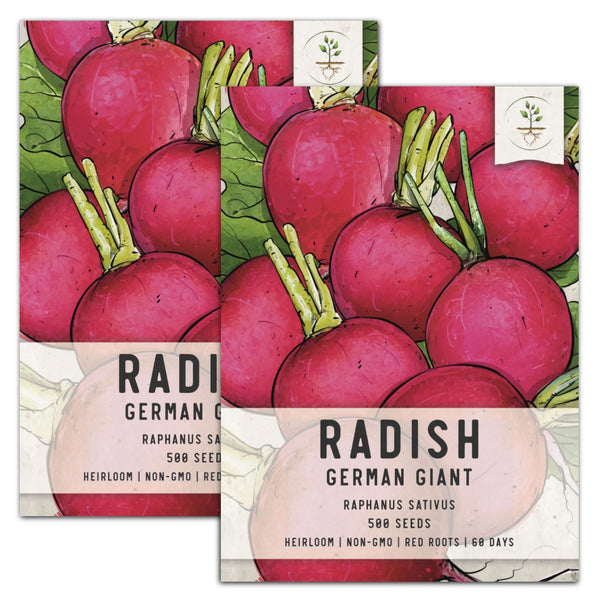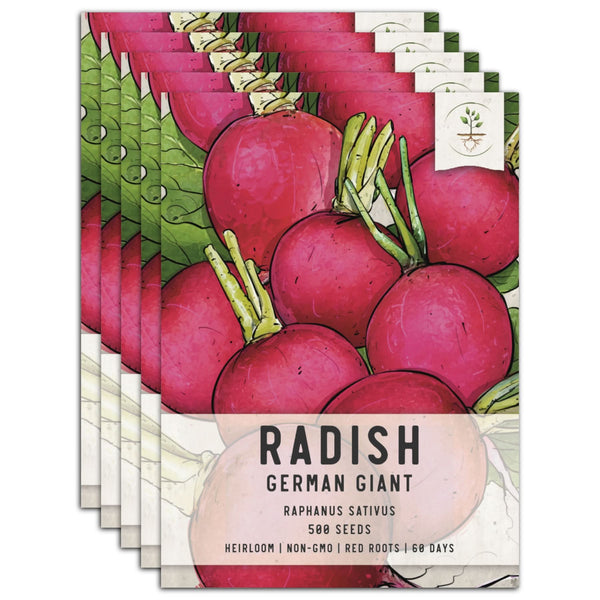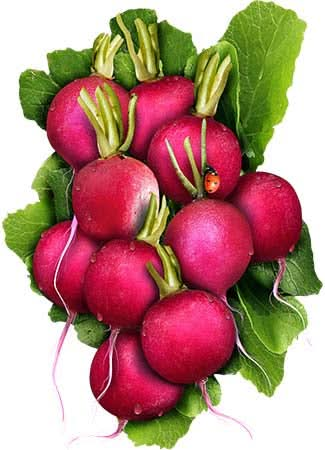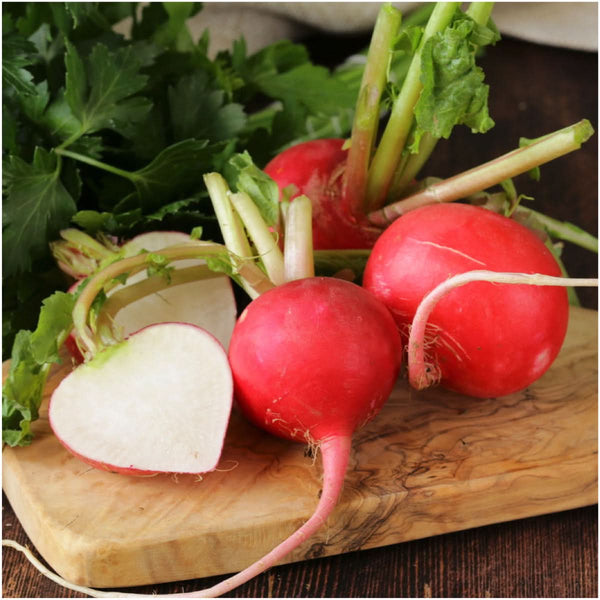German Giant Radishes, known for their remarkable size and sweet, crisp flavor, have a history entwined with European agricultural development. While not as ancient as some root vegetables, they've become a staple in gardens for their unique attributes. These radishes, which can grow to the size of baseballs or even larger, are celebrated for their mild taste even when mature, distinguishing them from smaller, more pungent varieties. Historical mentions and cultivation practices suggest they were developed through selective breeding in Europe, with significant contributions likely from Dutch and French horticulturists. Over time, they've found a place in culinary traditions, particularly in Germany where they're enjoyed in salads like "rettig salat" or served in pubs, showcasing their cultural integration beyond mere sustenance. Today, they're not just a garden curiosity but a symbol of heritage gardening, embodying the patience and care required to grow them to their impressive potential.



